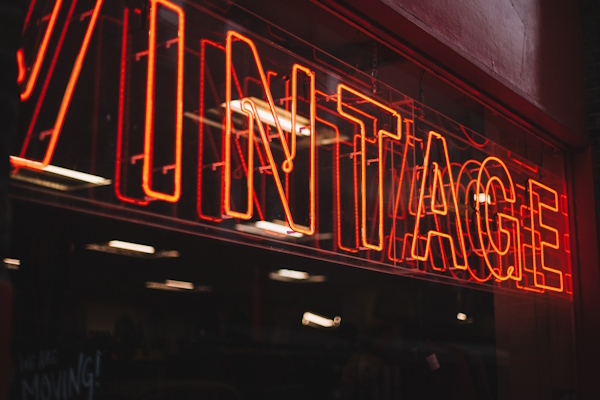
A study has suggested that one of the reasons there is such a thriving market for counterfeit luxury goods within China is consumers’ reluctance to buy anything second-hand.
The researchers behind the work, published in the Journal of Business Research, suggest that China is relatively unique among world markets as there is a strong desire to own luxury goods, leading to rampant counterfeiting, but also “strong superstition and stereotypes about second-hand goods.”
That is in contrast to other markets where concepts such as vintage fashion, circular economy, sustainable consumption, and minimalism are driving second-hand sales. As a result, the second-hand luxury goods (SLG) market is 5% of the total in China, four to five times lower than in other markets.
That in turn puts consumers at risk of buying counterfeit items offered at a lower cost to the genuine brand, which generally have lower quality and may even be hazardous, write Hong Luo and Seong-Yeon Park of Ewha Womans University in South Korea in the paper.
Perceived risk factors preventing a thriving market in ‘pre-owned’ or ‘pre-loved’ luxury items, such as concerns about poor quality, inauthenticity or damage to reputation, may be trumped in some cases, they discovered, drawing on hundreds of consumer interviews based on online questionnaires – one conducted before the pandemic and the second afterwards.
“Many Chinese consumers believe purchasing second-hand goods is a social embarrassment associated with people at the bottom of society or having lower socioeconomic power,” write the researchers.
“Traditionally, second-hand goods like clothing have been considered inauspicious in China,” they add. Some consumers meanwhile worry they may receive bad luck by purchasing them as they believe “the soul or fortune of previous owners, who could have been a bad person, bankrupt, or deceased, could be transferred to them by acquiring others’ belongings.”
They found that the perceived psychosocial–superstitious risks were lower after the pandemic, suggesting that resulting cost of living factors had pushed consumers in favour of the SLG option and retreat from their negative stereotypes about second-hand goods.
Photo by Clem Onojeghuo on Unsplash
©
SecuringIndustry.com
 | back to top
| back to top






